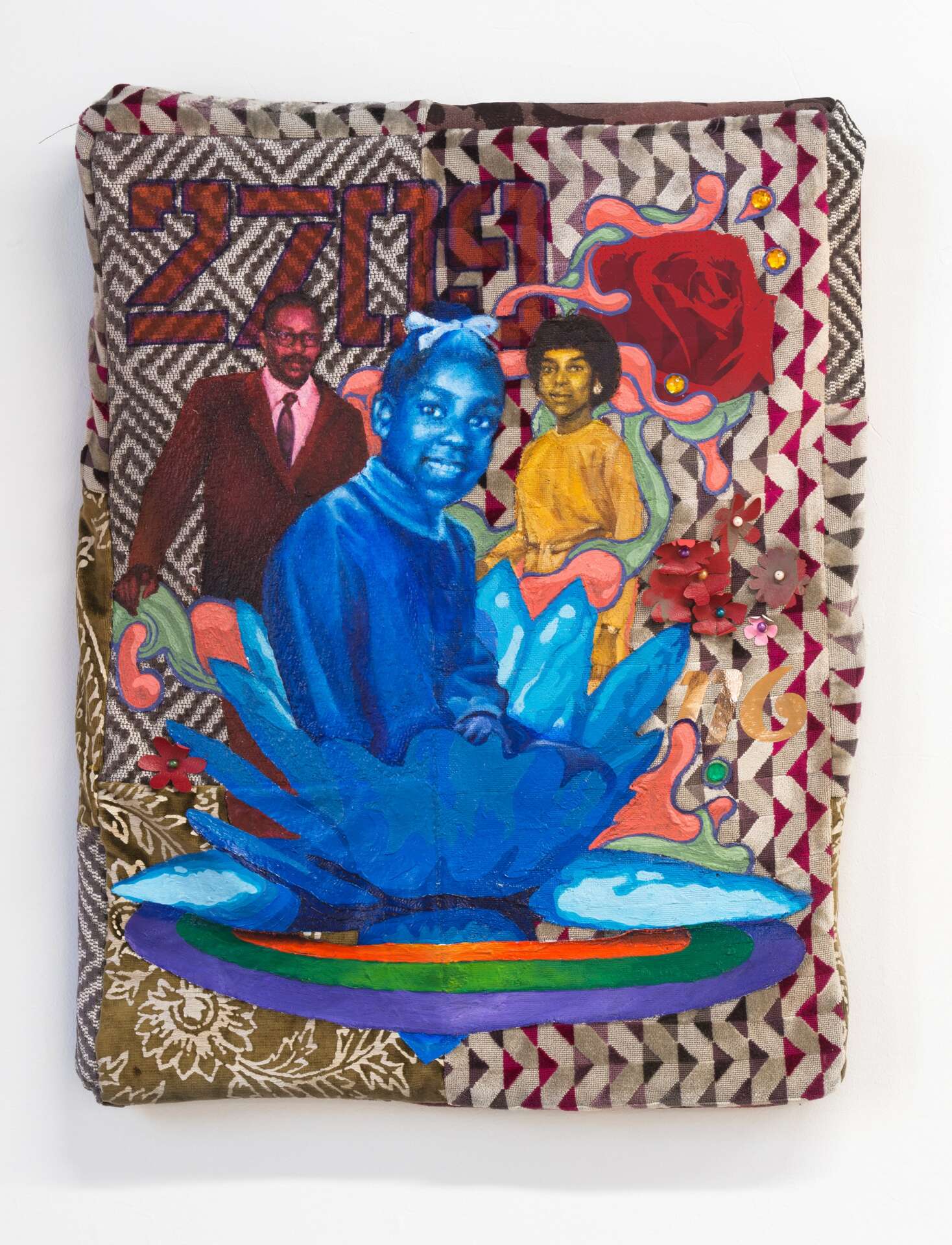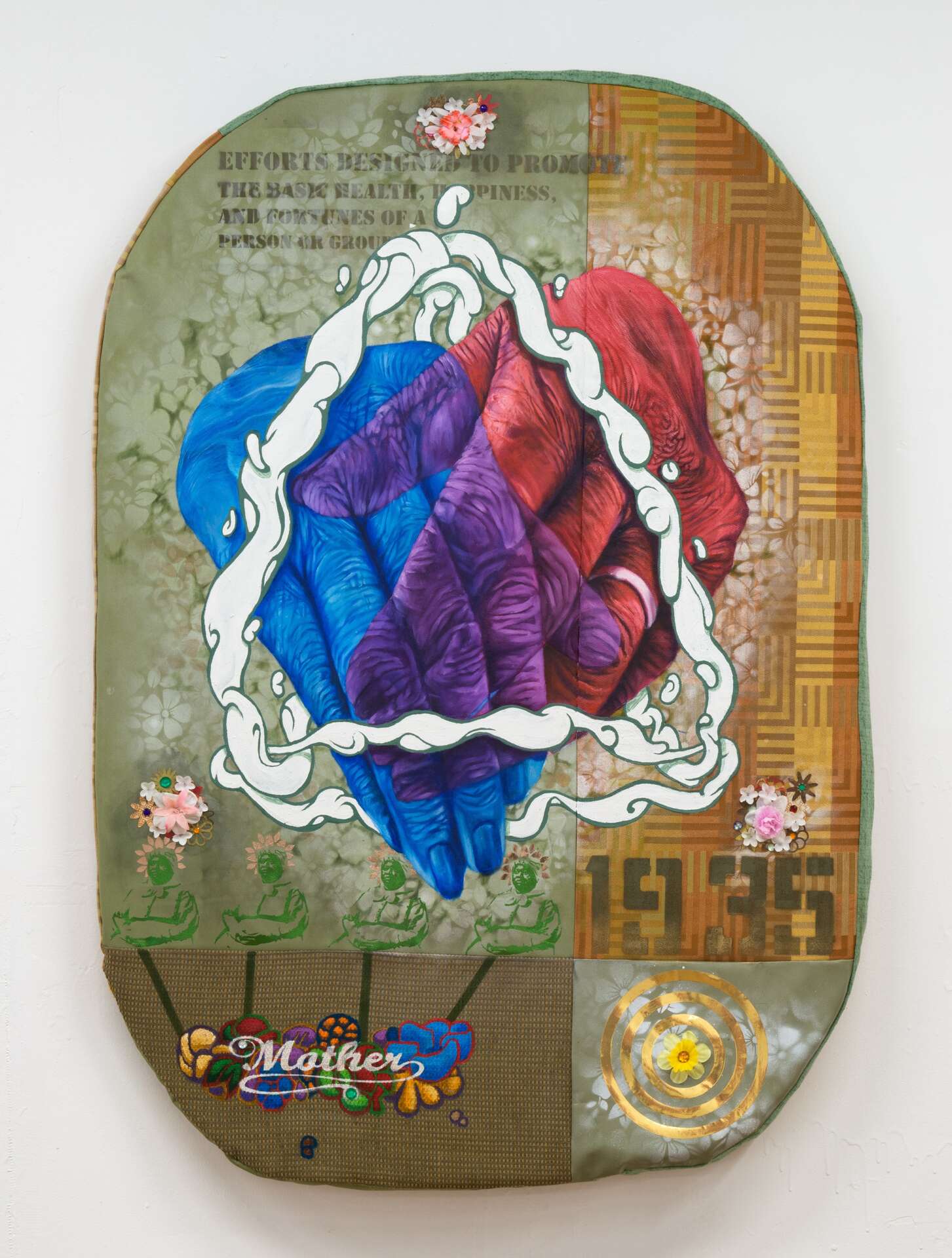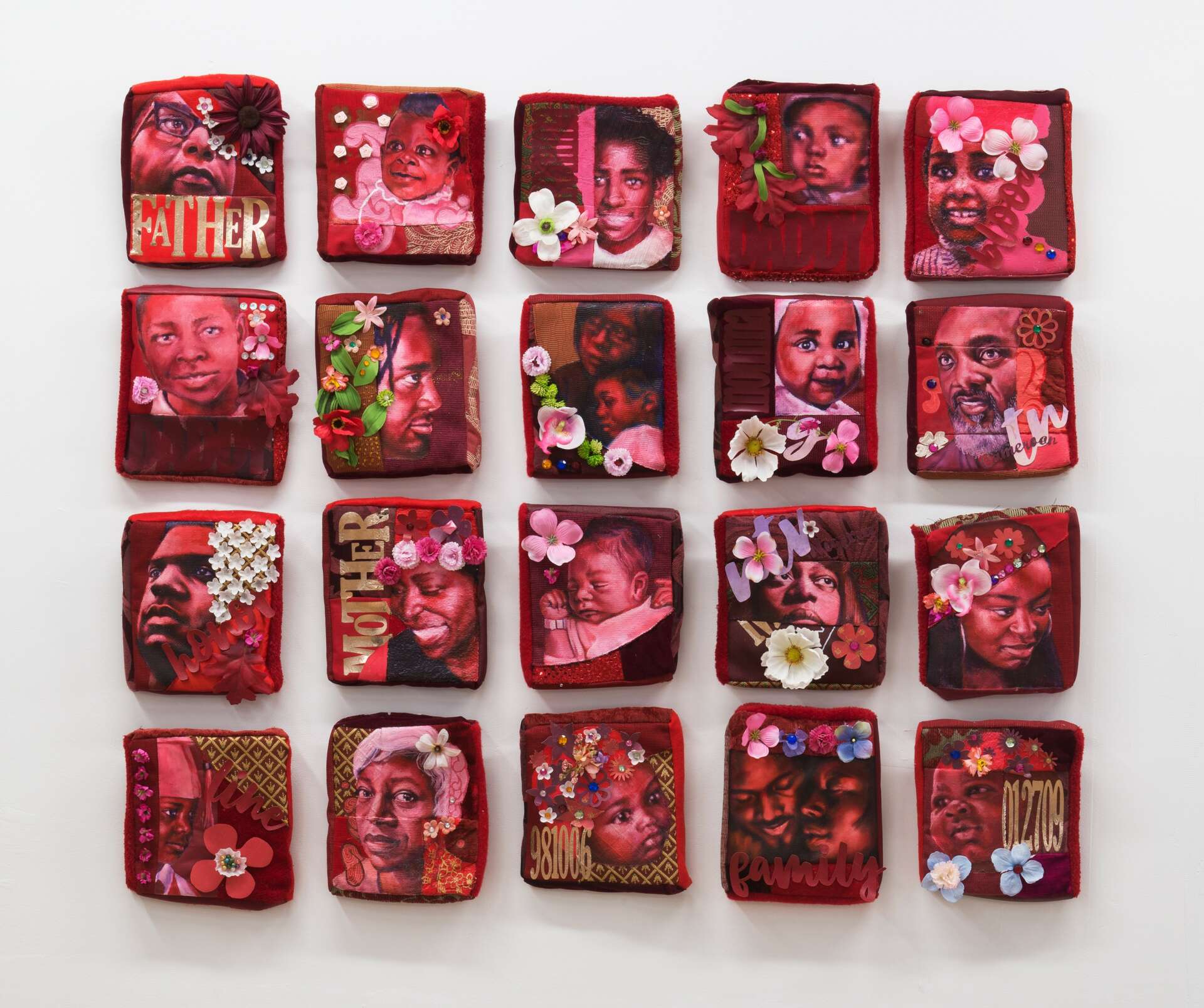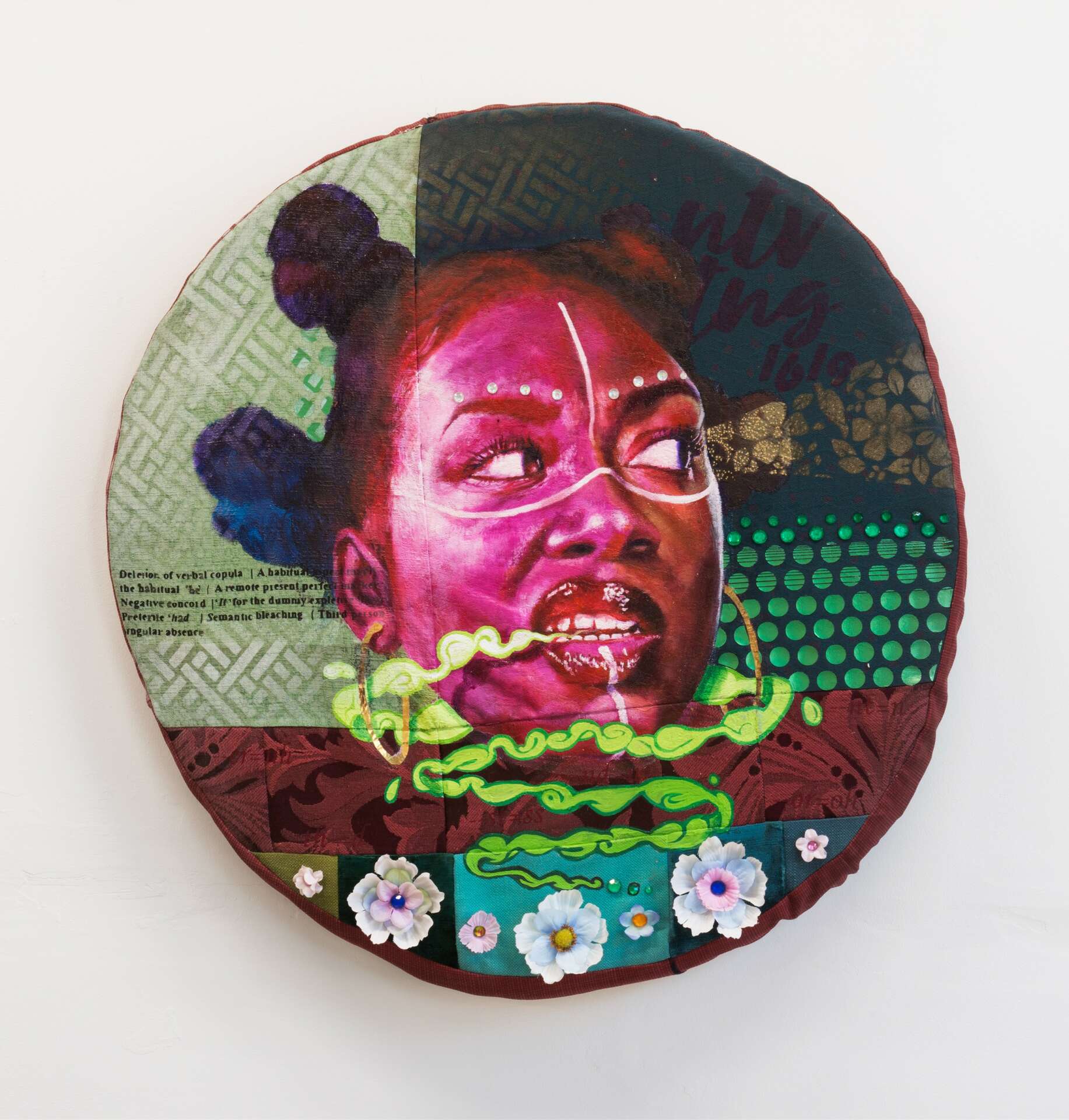We caught up with the brilliant and insightful Samuel Dunson a few weeks ago and have shared our conversation below.
Samuel , thanks for taking the time to share your stories with us today It’s always helpful to hear about times when someone’s had to take a risk – how did they think through the decision, why did they take the risk, and what ended up happening. We’d love to hear about a risk you’ve taken.
Although taking risks is inherently “built in” to the process of making art, there are times we take more risks than others. I would say I have recently taken a major risk in my work that may change the way I create from this point forward. Many years ago, as a college student at Tennessee State University, I took a risk as an investment to my future. I changed my major from Architectural Engineering to Studio Art. Even then I felt the risk may not benefit me monetarily, but I knew my life would be enriched by that choice. As an art student, I gravitated more to 3D media, such as sculpture, ceramics and model making than 2D media, such as painting, drawing and printmaking. But, later in my sophomore year, I started painting and never really looked back. Painting has fulfilled me over the past three decades, but my love for more sculptural or assembled 3D forms has never waned. The idea of an object existing in space has always intrigued me. So, recently I have found myself asking why I didn’t find some way of fashioning both 2D and 3D concepts in the same work. That has led me to taking a risk that has change my artistic process. I have begun making what I call “Soft” paintings. I bought a sewing machine and started creating cushioned fabric supports that I then paint, and interact with as a finished work. Though this risk may seem like I’m still painting on a flat surface, it is so very different. The risk comes in because the technique forces me to answer the question of “Why am I so concerned with a space on a wall?” My newest works no longer act like paintings. They are more pillow or quilt-like. These new works have opened my eyes to opportunities I would not have seen. Now, the corners of the gallery, the area connecting the floor to the wall of a space, heck, the floor and the ceiling themselves are options to exhibit my works. This is truly the first time in many years that I find myself looking at marrying my painting process back to a more sculptural form. With greater risks come possible greater rewards. And, the risk I have taken to find a new way of creating my artwork has already rewarded me with a plethora of new ideas.



Awesome – so before we get into the rest of our questions, can you briefly introduce yourself to our readers.
Well, my name is Samuel Dunson. I am an avid creator. My love for art and all things creative started from a very early age. In my hometown of Dayton, Oh. I was brought up in a family that loved life and the world around them. This is a very broad idea, but as children, we were encouraged to “take in” everything. For me, that involved Art, music, theater, and travel. I was given the “OK” to be a creative person from that point in my life. That is the main reason that I chose studio art as a major at Tennessee State University. That is also the reason I chose Art and Art education as a career path. When people think about Artists, the idea of “starving” comes to mind. But Art feeds the soul of a society. It enriches and influences the culture. And, it also feeds me and takes care of my bills just as any other career path would, LOL. My creative ideas are what set me apart from others. I am a consummate student of the arts. I am inherently uneasy with things that come easily to me. This forces me to try new things that may challenge my ideas and my craft. Some artists who find their work moving or selling, feel they should stay true to that particular work for themselves, their galleries, and their clients. Even at times to my own detriment, I will see something moving well, and kick it off the tracks, just to investigate why it’s moving so smoothly. The reason for this is that I’m more interested in the investigation of Art than the product. I believe that sets me apart from some others in the Art world. It’s sometimes destructive, but it makes for a beautiful exhibition of works.
As well as being a Creative Artist, I am also an Associate Professor of Art at Tennessee State University. I believe I must be as honest with myself about my process and products as I would be with the students who come to me for guidance. Though it has taken many years to get to this point, I absolutely love what I do. But, I understand that this is just one part of my life. Knowing this, I try my best to put it into perspective with the many other things that make life worth living. Without those other things, there would be no reason for me to Create.



In your view, what can society to do to best support artists, creatives and a thriving creative ecosystem?
In order to answer this question, I must say that “WE” the artists must understand that we are part of the make-up of society. We, as Artists, must first, state and believe that we must do our part before we ask society to support us. We, as creatives, are charged with the job of documenting both the tangible and intangible world through our work. We are expected to make sense of the senseless. Fill a void of “nothingness” with a creative “somethingness”. We must educate the world around us about the possibilities that won’t exist unless we create them. If we are not doing our creative JOB, then society should not support us. But saying that, we all know that artists and creatives live for that purpose and that challenge. So, it is up to society to open doors of opportunity. Fund ideas either monetarily or through clearing paths for artistic growth. Create safe spaces for ideological, and artistic research. Make art more a part of public areas. These types of opportunities become the soil where creative artists plant seeds. As long as that soil is rich and watered, you can’t help but have a thriving ecosystem of creativity.


We’d love to hear your thoughts on NFTs. (Note: this is for education/entertainment purposes only, readers should not construe this as advice)
If we look to support creative artists in society, then we must be open to new forms of support and creativity. From the start, I have been in support of NFT’s. But, just like any new toy, we have to let people play with it a bit rough before we truly understand its function. NFT’s are no different. They are just another form of creating and possessing intellectual property. I believe the difficulty in understanding them comes from our need to hold or possess an object that we own. There has been a firestorm of information surrounding NFT’s, but just like kicking up dust……it has begun to settle a bit more into its place. We are accustomed to the somewhat exhibitionistic “showiness” of owning creative works. But, if we change our perception slightly, we will see that in a digital world, the idea of possession must change for us to embrace this concept. Just as a thought. The entrepreneur who bought the first Tweet ever made on Twitter, probably didn’t think about owning the 1’s and 0’s that made up that Tweet. He probably imagined that he has the right to use the first idea that spawned the way we speak about the goings on in the world. Twitter has changed the way the world communicates, and to own the one quote that changed the world forever is an amazing concept. No, I’m not saying that every NFT is on that level, but I can see how influential the concept is to a creative artist.
Contact Info:
- Website: samueldunson.com
- Instagram: @dunsonart
- Facebook: facebook.com/sldunson
- Twitter: @dunsonart
Image Credits
titles for images 1. Affirmative Actions (identifying features: three men inside triangle) 2. Black Codes (identifying features:circular painting) 3. Redlining (identifying features: small red paintings) 4. Separate But Equal (identifying features: little blue girl) 5. Black Face (identifying features: black and white portrait) 6. No Man No Island (identifying features: laughing portrait it is correct that the eye is focused going up) 7. Wellfare (identifying features:hands) 8. Make America Great Again: The Try-Cycle: (tricycle)


